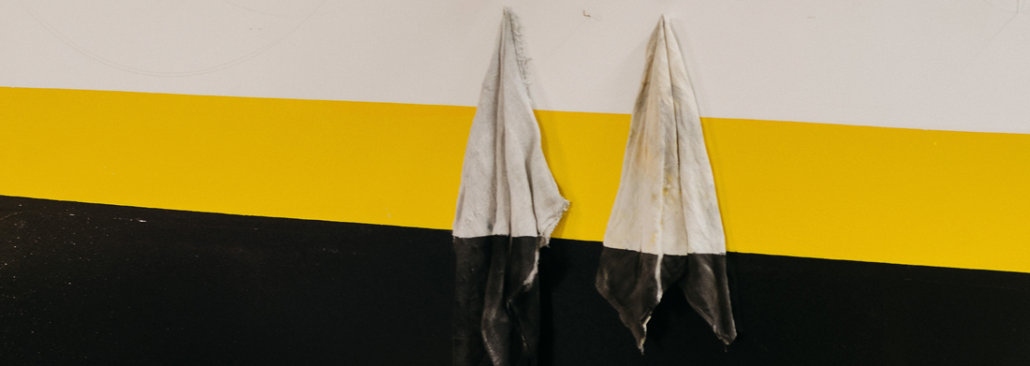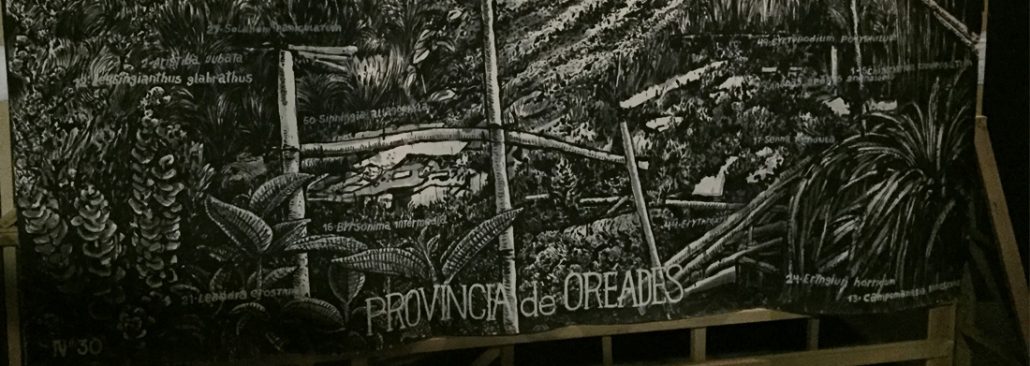Aracajú, 1973. Lives in Rio de Janeiro
Zé Carlos Garcia’s sculptures present themselves as uncanny shapeshifters that can recombine their members to conjure up different species of insect, or transform pieces of furniture by cloaking them in plumage. This adding-on creates hybrids that not only preserve the meanings of their constituent parts, but also generate morbid curiosities out of distortions of their natures. Garcia seems to want to evince a certain perversity in his audience, caught somewhere between revulsion and fascination, playing on their voyeurism before such mangled bodies, however fictional they may be.
At Frestas, the artist presents a sample of the art he has produced over the last eight years. In the works Cadeira [Chair] and Pássaro [Bird], for example, he explores the formal qualities of the materials and confers upon them a feathery flutter that seems to contradict their sculptural condition by bringing them to bear in all their enigmatic presence. Something similar happens in Ganimedes [Ganymede], a monumental shapeless mass draped in black feathers plonked in the middle of the exhibition space. Not exactly a mantle, not exactly a wing, the work exists in a hybrid corporeality that seems suspended in time, much like Zeus himself, who reigns supreme over the gods at the same time as he abducts the young Ganymede. The Trojan prince was tending to his father’s flocks when he was seen by Zeus. Enchanted by his beauty and spurred by an impulse somewhere between seduction and sadism, the god of gods transformed himself into an eagle and carried the youth off to Olympus to serve as his personal cup-bearer.
[O.A.]
Cadeira, 2009
penas e mobiliário
Sem título, 2012
penas e mobiliário
Sem título, 2016
angeli branco torneado
Ganimedes, 2016
penas
Pássaro, 2010
mobiliário e arte plumária
Jogo, 2013
madeira torneada e tinta automotiva
Sem título, 2013
50 peças em madeira, penas e insetos







